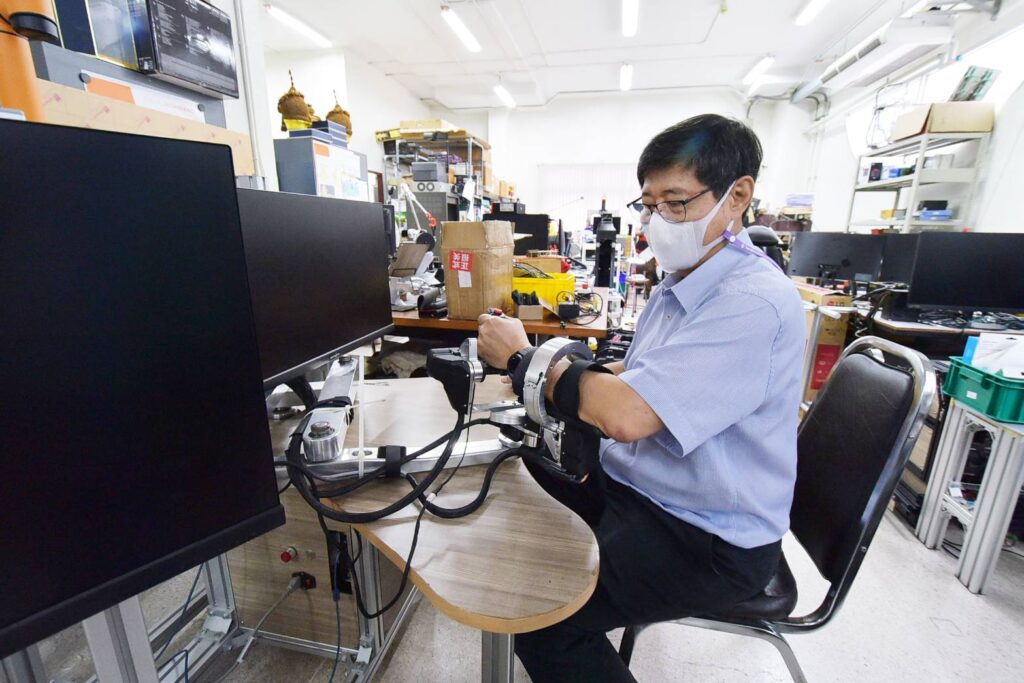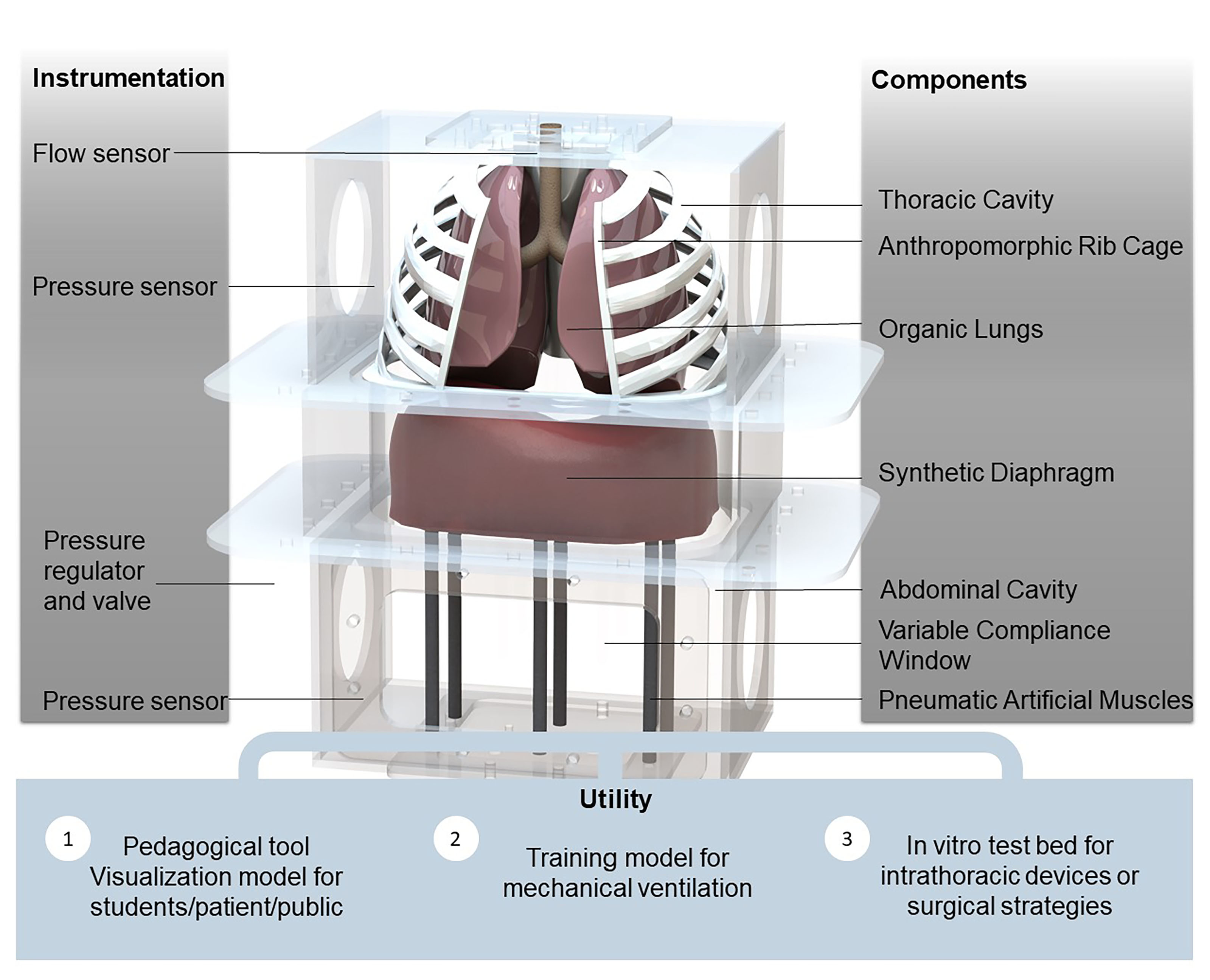A proven and effective medication for osteoporosis, which is currently only available as an injection, can be administered orally using a novel “robotic pill,” according to a study presented Saturday at ENDO 2023, the Endocrine Society’s annual meeting in Chicago, Ill.
Tag: Robotic

Two Chula Projects Shortlisted in THE Award Asia 2022 for Technological Innovation and Support for Students
Two of Chulalongkorn University’s projects, have been internationally recognized and shortlisted for the “THE Award Asia 2022” in the categories of “Technological or Digital Innovation of the Year” and “Outstanding Support for Students”.
Beam me up: researchers use “behavioral teleporting” to study social interactions
A novel approach to getting physically separated fish to interact with each other, led to insights about what kinds of cues influence social behavior. “Behavioral teleporting” transfers the complete inventory of behaviors and actions (ethogram) of a live zebrafish onto a remotely located robotic replica

Biohybrid Model Uses Organic Lungs, Synthetic Muscles to Re-Create Respiration Mechanics
Discussed in APL Bioengineering, researchers created a high-fidelity respiratory simulator that accurately represents the interplay between the abdomen, diaphragm, lungs and pleural space, the fluid-filled membrane surrounding the thorax and lungs. The model, using swine lungs, soft robotic materials and artificial muscles, allows precise tuning of pressure in each part of the system, so specific disease conditions can be tested. It also proved extremely useful for testing ventilator-only respiration by removing the elastomeric diaphragm.
Slithering Snakes on a 2-D Plane
Snakes live in diverse environments ranging from unbearably hot deserts to lush tropical forests, where they slither up trees, rocks and shrubbery every day. By studying how these serpents move, Johns Hopkins engineers have created a snake robot that can nimbly and stably climb large steps.

Scientists Find Far Higher than Expected Rate of Underwater Glacial Melting
Tidewater glaciers, the massive rivers of ice that end in the ocean, may be melting underwater much faster than previously thought, according to a Rutgers co-authored study that used robotic kayaks. The findings, which challenge current frameworks for analyzing ocean-glacier interactions, have implications for the rest of the world’s tidewater glaciers, whose rapid retreat is contributing to sea-level rise.